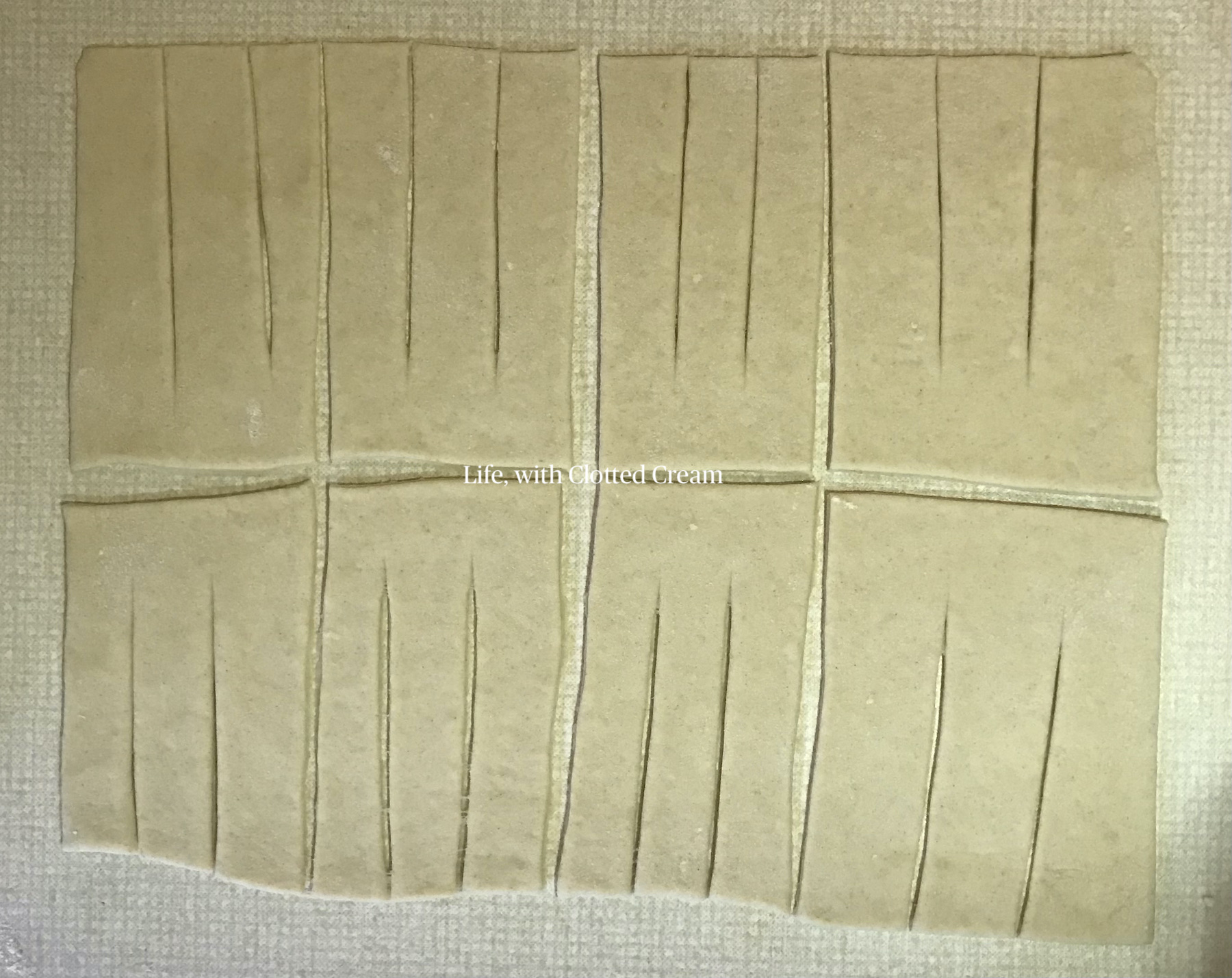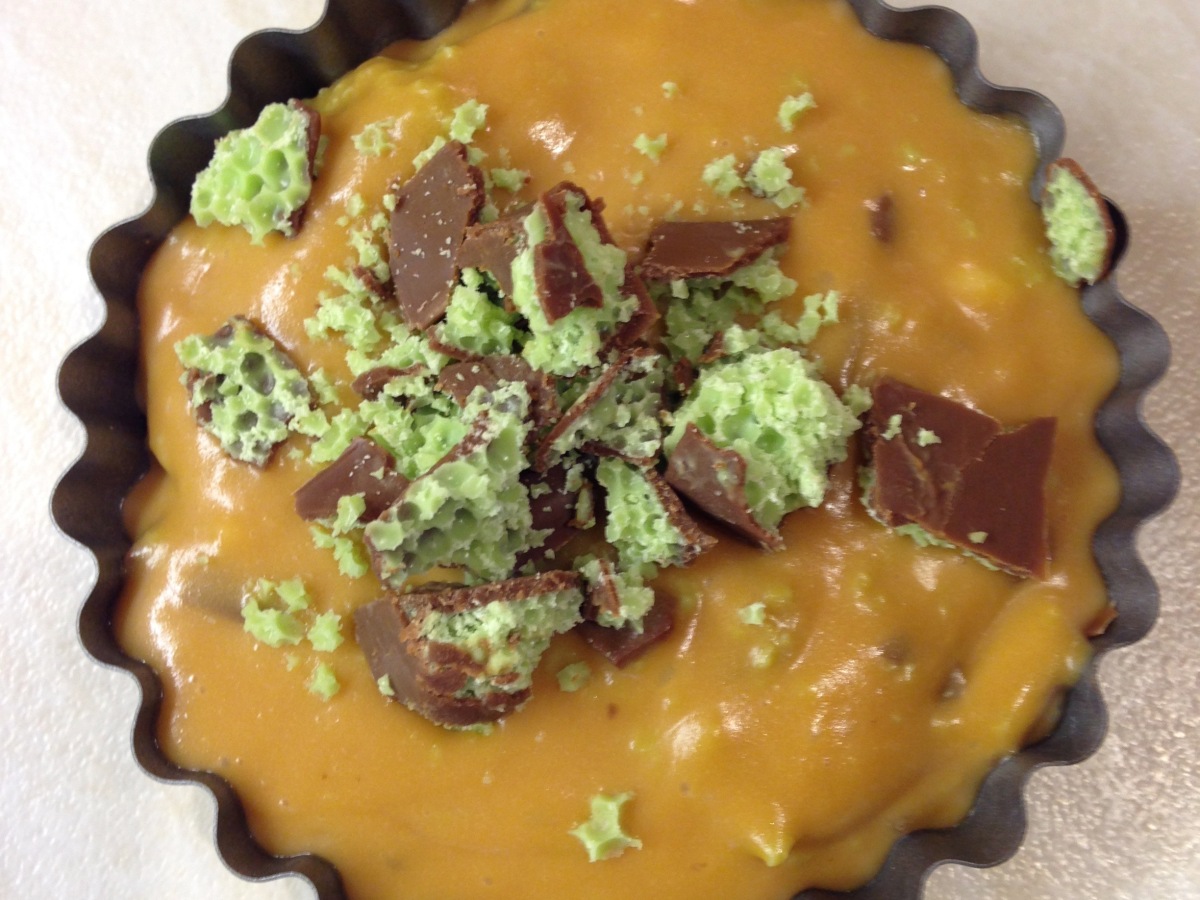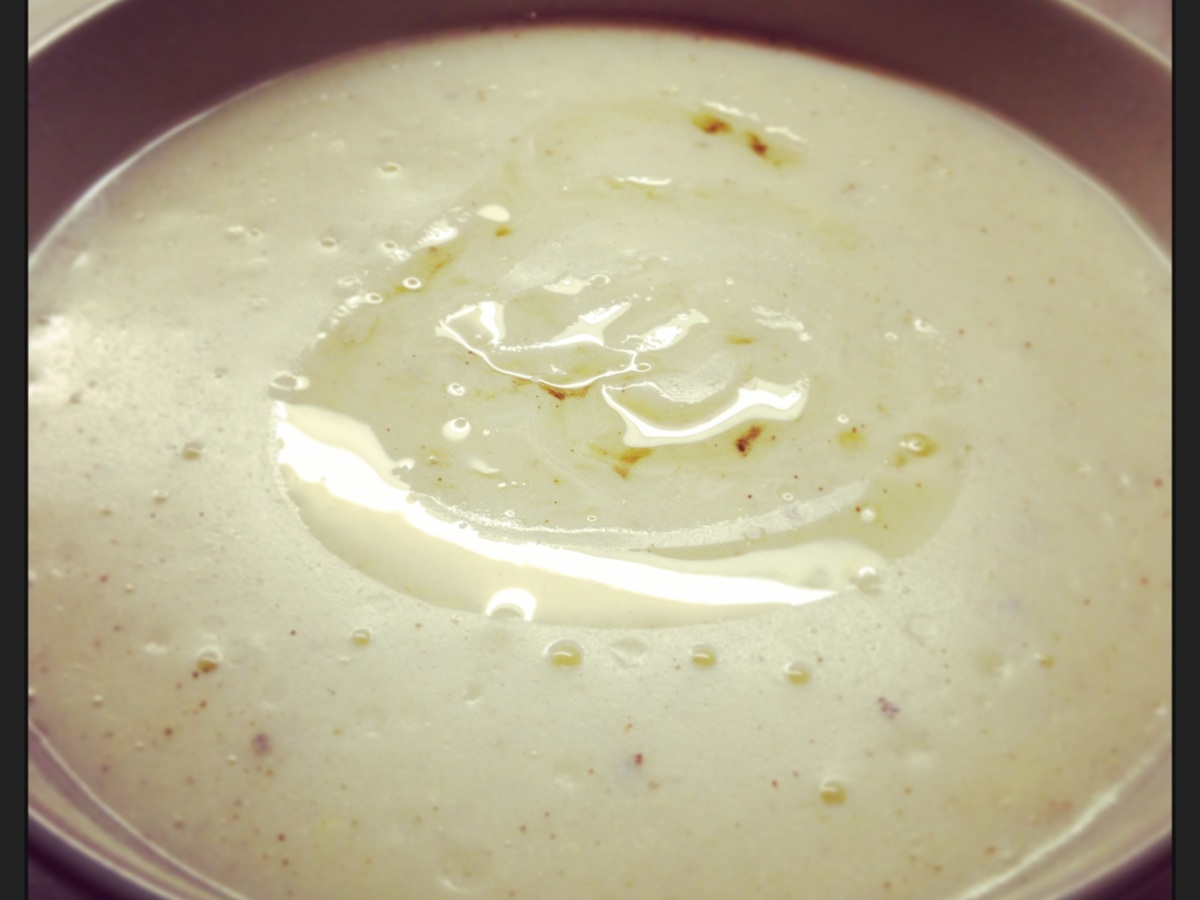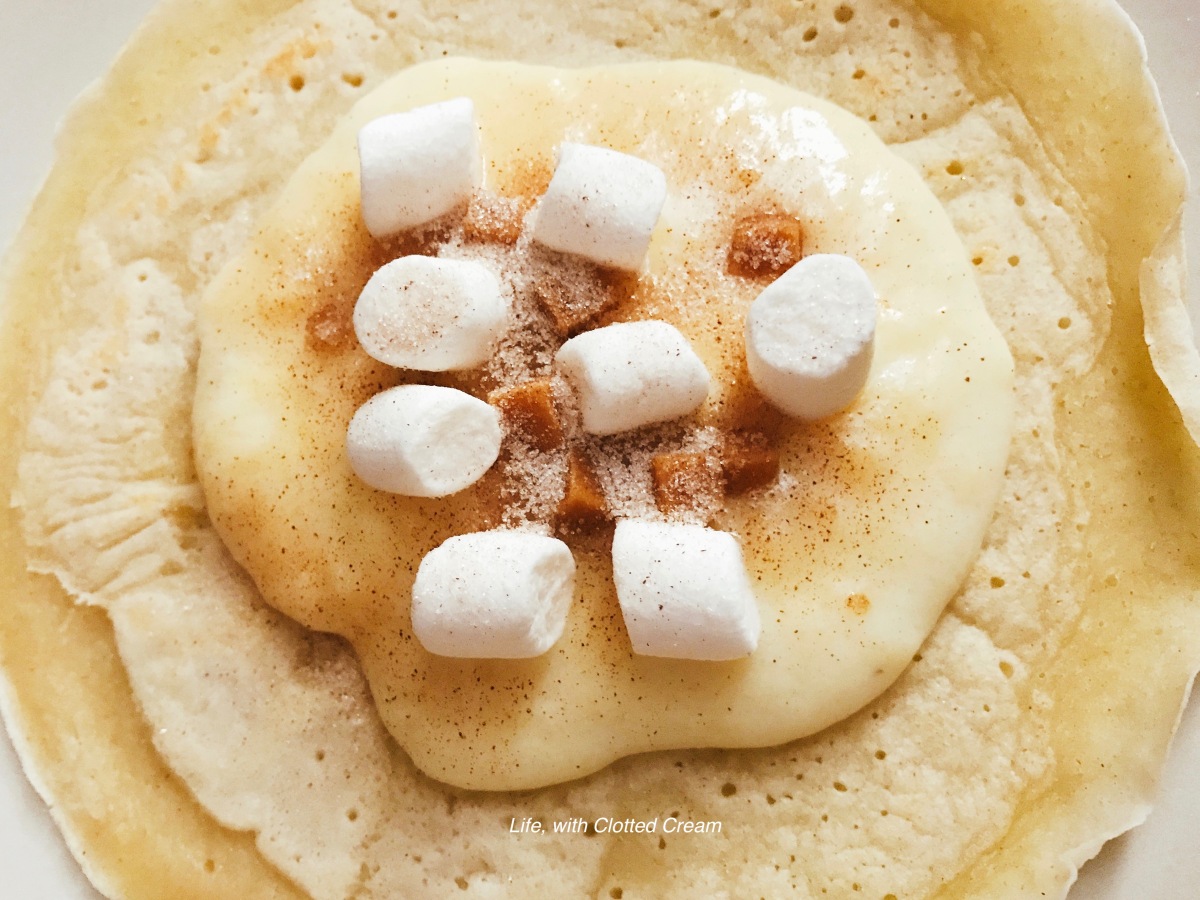Life, with Clotted Cream
An ordinary life with a dusting of luxury.
Koeksisters with a Rooibos tea twist

A twisted doughnut dipped in a cinnamon rooibos sugar syrup.
I don’t think that there is a South African that doesn’t love a koeksister. No tea table is complete without a koeksister or two. Beware though, these little twists are freakishly addictive and way too moreish for ones own good.
What are koeksisters?
Koeksisters (pronounced as cook-sisters) are strips of dough (either yeasted or made from baking powder) that are plaited or twisted before it is then deep fried. Once it has been fried, the hot koeksister is dunked into a freezing cold syrup which then, in turn, soaks up the syrup like a sponge. The result is a type of doughnut with a crunchy exterior and an almost liquid centre that tastes of super sweet honey. It is much like the US or Canadian cruller.
Since Afrikaans has many borrow words from Dutch, koeksister is no different. Legend has it that originally, in Dutch, it was pronounced as koeksisser; a cake that sizzles (when it hits the hot oil). There is also the theory that in the Netherlands they bake little cakes in the shape of little dolls. These are called koekbroers and koekzusters (cake brothers and sisters) and therefore koeksisters. I guess we will never really know for sure. Please let me know in the comments if you know the real answer!
In South Africa we are all about the koeksister, so much so that we have a dedicated monument to this little doughnut twist in the small town of Orania. You can walk into any grocery store or tuisnywerheid (a shop that sells homemade products, see: 6 Things I loved in South Africa) and find koeksisters on the shelves. I fondly remember syrup-fuelled basaars where the church tannies baked giant koeksisters to raise money for the church. At Christmas in our home these little sweet twists form part of the pre-festive celebrations.
A koeksister is quite different from a koesister (pronounced as coo-sister) as the koeksister is made from a plain dough which is deep fried then dunked into a cold syrup, but a koesister is a spiced dough that is deep fried before it is cooked in a hot syrup and then covered in shredded coconut.
How are koeksisters made?
Koeksisters, in principle, is a fairly straight-forward concept: you make a medium stiff dough from flour, eggs and baking powder. Cut and plait. Deep fry. Dunk in syrup. Eat.
In reality it is very hard work. Back-breaking work. Oh, and a bit of science!
How to make koeksister syrup
The koeksister syrup is probably the most important element to get right. If the syrup is too warm, the doughnut won’t suck up the liquid making it very doughy and unpleasant to eat.
Make the syrup at least a day in advance.

Make a tea with the the rooibos teabags and boiling water. Let it cool to room temperature and discard the teabags.
Place the tea in a heavy bottomed saucepan and add the sugar, lemon juice, cream of tartar, cinnamon and salt.
Bring to a boil and keep on a rolling boil for at least 5 minutes. (A rolling boil is when you have big bubbles rising to the surface).
Brush the sugar crystals off the side with a wet brush to prevent the whole mixture crystallising.
Let the syrup cool to room temperature before putting it into the freezer/fridge. If you put it in the freezer it will not freeze it will just be extremely cold.
How to make koeksister dough
The first, and fairly important, start is to ensure that the butter is softened. It should definitely not be melted at all. Best to take it out of the fridge a day ahead of time.
Once you have your butter and flour measured out, combine the two by rubbing it together with your hands in a large bowl. Keep rubbing until none of the butter is visible. The flour will take on a yellow-ish tinge and it will look like a soft sand.
Add in the baking powder, sugar and salt and use a spoon to combine with the butter and flour.
Beat your eggs until they are frothy then combine with cold water (I just use tap water).
Make a well in the middle of the dry ingredients and pour the watery eggs into the well. I use a large two-prong fork to work the flour from the sides into the liquid until a dough is formed.
Once all the flour has been mixed into to the eggy water, cover the bowl and leave the dough to rest for at least half an hour.
After half an hour tip the doughball onto a floured surface and knead until a smooth and shiny dough. It should be pliable enough that you handle it without the need for too much extra flour.
Roll it out into a large rectangle. It should be no more than 6mm thick. I find it best to work in smaller batches so that my dough doesn’t dry out.
How do you cut and shape a koeksister?
Large koeksisters
- Cut strips of around 2.5cm wide by 7cm long.
- Then cut each strip into three smaller strips (lengthwise), but keeping the top 1cm uncut.
- Starting with the uncut part, fold the right strip over the middle, then the left over the middle essentially forming a plait. Keep going until you reach the bottom. Pinch the three strips together and fold it back on itself to seal.
- Keep going with the remaining pieces of dough until you have a full complement of koeksisters. Keep a small piece of dough to enable you to test the oil temperature. Put the dough plaits on a tray and cover with a tea towel. Leave to rest for ½ an hour.


Cocktail koeksisters
- Cut strips of 1.5cm by 5cm.
- Pinch the strip in the middle and let the two ends hang side-by-side.
- Twist the two ‘ropes’ and pinch the two ends together at the bottom to keep the shape.
- Continue until all the dough is used up. Like above, keep a small test piece of dough and leave your twists to rest under a tea towel until you are ready to fry them.
How do you fry a koeksister?
Heat flavourless vegetable oil in a tall heavy bottomed saucepan. The oil should be at least one third of the saucepan deep.
If you have a sugar thermometer (I use an infrared thermometer) then heat the oil up to 190°C. This is also the temperature you need to maintain throughout the cooking process.
If you don’t have a thermometer, then heat the oil up. When you think the oil is hot (not smoking – that is too much!) then place your test dough into the oil. If it sizzles, then the oil is ready. Turn your hob’s heat to medium to maintain the cooking temperature.
Place each plait into the oil by gently placing it away from you so it won’t splatter. If your plaits are small enough you can lower them in on a slotted spoon. Don’t overcrowd the saucepan as it will reduce the temperature of the oil. Since I use a fairly small saucepan, I only fry 3-4 plaits at a time.
Fry each plait until it is golden brown on all sides and puffed up.
How to turn a doughnut into a koeksister
This is where the magic happens!
Take your syrup and spoon half of it into a smaller bowl. Put this bowl on ice. Place the rest of the syrup back in the freezer to keep it ice cold.
As soon as the dough plait comes out of the hot oil, dunk it into the cold syrup. You will hear a soft swishing sound as it sucks up the cold syrup. Use a separate pair of tongs to fish out the koeksister.
Place the koeksisters on a tray to catch the syrup as it drips off.



Can koeksisters be frozen?
Koeksisters can definitely be frozen. In fact, that is my favourite way of storing them. Due to the high sugar content they won’t freeze completely. On a hot day I like to eat them straight from the freezer, but on those chilly days when you crave a cup of hot rooibos with a sickly sweet koeksister, I leave them out on the counter for about an hour or so before consuming.
Koeksisters will keep in the fridge for around a week or two and in the freezer for about a month.

Koeksister with a Rooibos tea twist

Ingredients
- Koeksister syrup
- 1 kg caster sugar
- 3 cups water, boiling
- 2 rooibos tea bags
- ¼ teaspoon cream of tartar
- juice of ½ lemon
- 1 tablespoon ground cinnamon
- 2.5 cups plain flour
- 2 tablespoons butter, softened
- 2.5 tablespoons baking powder
- 1 tablespoon sugar
- pinch of salt
- 1 egg, beaten
- 185 ml tap water
- 1.5 litre vegetable oil for deep frying
Koeksister dough
Directions
- Koeksister syrup
- Make the tea by steeping the teabags in boiling water until it cools to room temperature. Discard the teabags.
- Combine syrup ingredients in a saucepan and bring to a boil. Boil for 5 minutes and let cool to room temperature.
- Place in the fridge/freezer for at least 24 hours before use.
- Rub the butter and the flour together until it looks like sand.
- Combine the flour with the baking powder, sugar and salt.
- Beat the egg and mix with the water. Make a well in the flour mixture and pour the egg in the middle.
- Combine to a dough and leave covered to one side for half an hour.
- Knead the dough until pliable.
- Roll out to a thickness of 6mm and cut into rectangles.
- Cut each rectangle into three strips and plait.
- Heat the oil and fry until golden brown.
- Dunk the hot koeksisters into the cold syrup.
Koeksister dough







